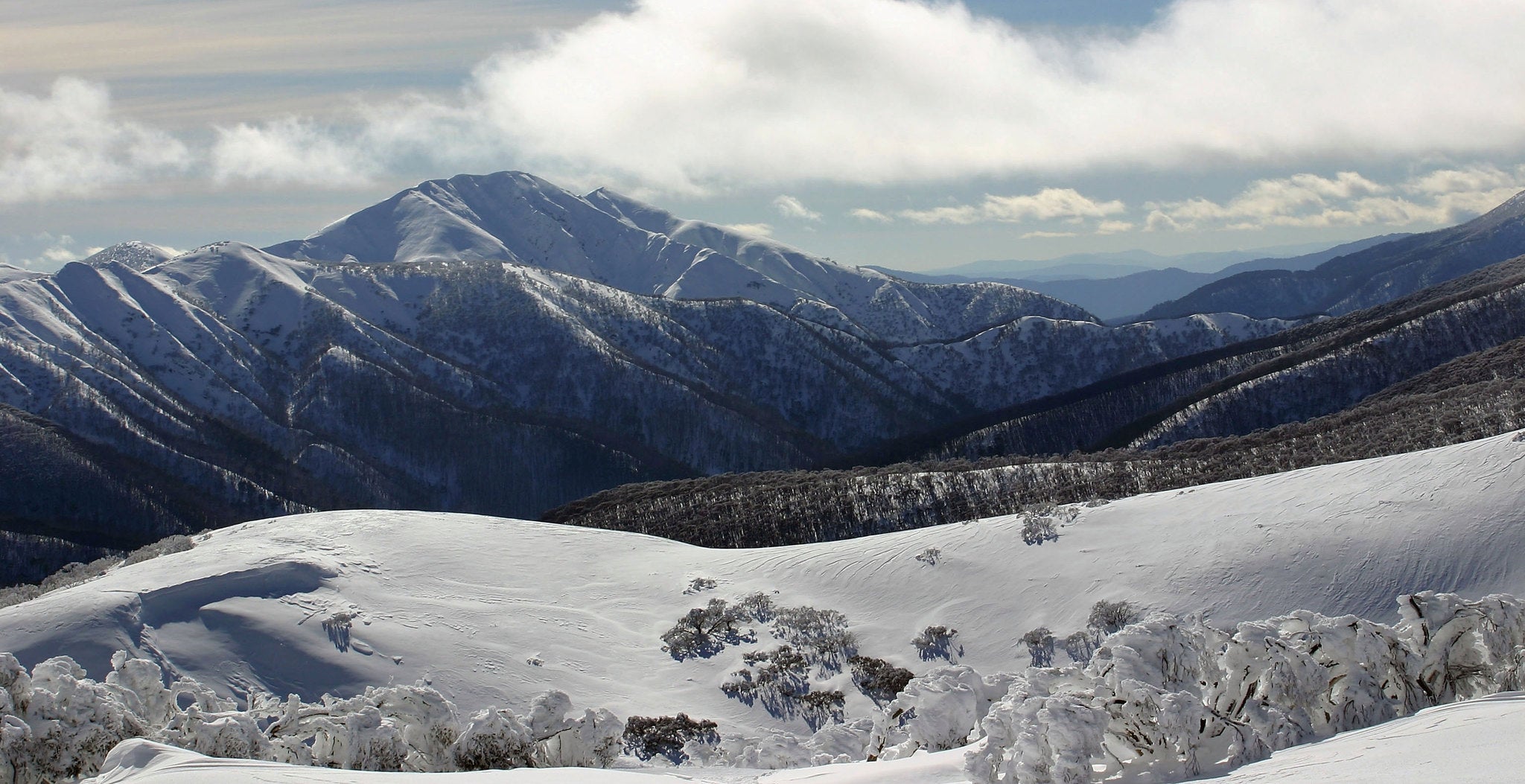The Various Kinds Of Snow in Australia and Their Effect On Winter Months Sports
Australia, known for its sun-soaked coastlines, is additionally home to a diverse range of snow conditions that significantly affect winter months sports. Each type, from the wet seaside snow to the completely dry interior powder, offers unique challenges and advantages for professional athletes. An understanding of these variations is important for those seeking to browse the Australian inclines, as each requires various methods and strength. The following exploration will certainly talk about the implications of these snow types on winter months sporting activities performance.

Recognizing the Features of Various Snow Types
While numerous assume that snow is a homogeneous entity, it is vital to comprehend that there are different kinds, each with one-of-a-kind attributes. In Australia, these variations are especially noticable because of climatic variety. Coastal snow, located in locations such as the Snowy Mountains, is generally wetter and denser due to high dampness material, making it ideal for snowball battles or developing snowmen. On the other hand, the snow located in the indoor areas like the Australian Alps is drier and lighter, typically contrasted to a cosy powder. These differences in snow kind aren't merely aesthetic; they dramatically effect winter sporting activities, dictating the simplicity of movement, the rate obtainable, and the level of control needed from athletes.
The Effects of Powder Snow on Skiing and Snowboarding
Despite its light and cosy appearance, powder snow in the Australian Alps offers both unique challenges and possibilities for wintertime sports lovers, specifically those involved in skiing and snowboarding. The forgiving and smooth surface of powder snow additionally reduces risk of injury during drops, making it a recommended selection for extreme winter season sports.

The Obstacles and Benefits of Packed Snow in Winter Season Sports
Moving emphasis from the loose, dry powder snow, an additional prevalent kind of snow in the Australian Alps is jam-packed snow, posing its own set of difficulties and advantages in the world of wintertime sporting activities. Browsing turns and controlling rate can be tough on jam-packed snow, calling for greater ability degrees from athletes. Despite these obstacles, loaded snow remains a vital aspect in many wintertime sporting activities, forming the efficiency and methods of athletes.
The Duty of Damp Snow in Australian Winter Seasons Gamings
In contrast to the dense, slick surface area of stuffed snow, wet snow plays a totally different function in Australian winter months games. Characterised by its high wetness web content, damp snow influences the rate and control of winter season sporting activities individuals. Its hefty, sticky nature can be testing for professional athletes, particularly in snowboarding and snowboarding where speed and manoeuvrability are important. Nevertheless, its malleability makes it suitable for snow sculpting occasions and for strengthening snow frameworks in sporting activities like snow fort battles. In spite of its risks, wet snow introduces a distinct dynamic to wintertime video games in Australia, screening athletes' adaptability and resilience, and functioning as a suggestion of the diverse climate conditions they must be prepared to face.

Just How Slushy Snow Impacts Winter Season Sports Performance
Proceeding the expedition of differing snow conditions in Australia, the impact of slushy snow on winter sports is an additional appealing variable. Slushy snow, resulting from warmer temperature levels or direct sunshine, poses one-of-a-kind obstacles to professional athletes. Therefore, slushy snow transforms the winter season sports landscape, requiring not only increased physical exertion from professional athletes however likewise a better emphasis on safety and security preventative measures.
Adapting Winter Sports Techniques to Various Snow Conditions

Conclusion
To conclude, Australia's varied snow types significantly influence wintertime sports efficiency. Each kind, from the glossy coastal snow to the drier indoor powder and the heavy, sticky wet snow, provides distinct obstacles and benefits. Hence, athletes must adjust their strategies to browse these varying problems efficiently. The snow's formative role highlights the significance of recognizing its characteristics to enhance efficiency and security in Australia's winter months sporting activities landscape.
Moving emphasis from the loosened, dry powder snow, an additional widespread kind of snow in the Australian Alps is stuffed snow, presenting its own set of challenges and benefits in the realm of wintertime sporting activities - Does It Snow In Australia.In comparison to the thick, slick surface area of stuffed snow, wet snow plays an entirely different role in Australian winter games. Its malleability makes it perfect for snow sculpting events and for fortifying snow frameworks in sporting activities like snow ft battles.Continuing the expedition of varying snow conditions in Australia, the effect of slushy Does It Snow In Australia snow on wintertime sports is another intriguing variable. Each kind, from the glossy seaside snow to the drier interior powder and the heavy, sticky damp snow, offers unique obstacles and advantages